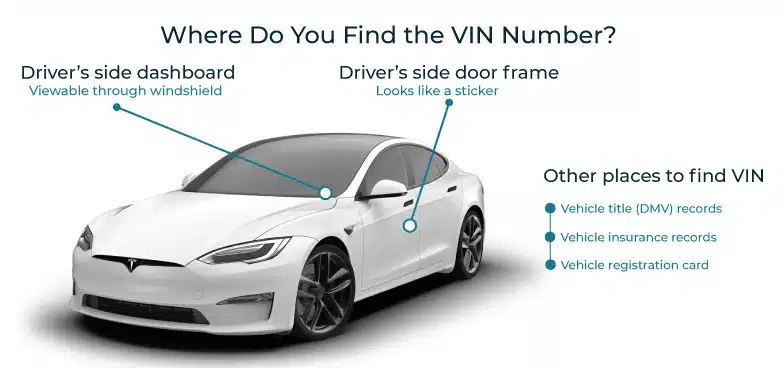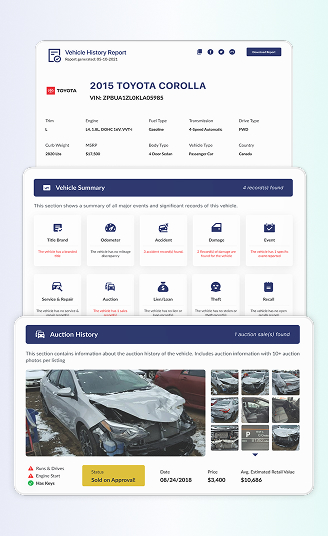
Hino Recall Check
At Detailed Vehicle History, we know your Hino is a work tool, not just a vehicle. Our Hino Recall Lookup makes it easy to see if there are any open safety recalls or service campaigns on your truck or bus.
Enter the VIN, and we’ll pull the recall details, explain what they mean, and show you the next step with an authorized Hino dealer. Safety fixes for recalls are provided at no cost.
What is a Hino Recall?
Hino is Toyota’s truck division, famous for durable medium-duty rigs. Still, parts can fail or labels can be wrong. When Hino or the National Highway Traffic Safety Administration (NHTSA) confirms a safety defect or a rule violation, a recall starts: owners get notices, dealers perform a no-cost repair, and completion is tracked.
For emissions issues, EPA/CARB can order corrective programs, too. This protects drivers, cargo, and everyone around you, and it’s no charge.
Why You Should Check the Hino Recall History?
If you’re buying a used Hino or managing a small fleet, a recall check is a must-do. These trucks work hard, carry weight, and clock serious miles.
A quick VIN lookup tells you if there are any open safety campaigns so you can fix issues before they turn into breakdowns, fines, or accidents. Running a Hino Recall Check is a smart and responsible step for any used car buyer to take to ensure their safety on the road.
Below are some extra reasons why you should check the recall:
Avoid Unsafe Hino
Any truck can develop a safety issue, and Hino is no different. A fast recall check with Detailed Vehicle History shows if your Hino has open campaigns that affect braking, wiring, fuel, or other key systems. If you see one, book the no-cost fix and keep the receipt. Simple steps, safer miles.
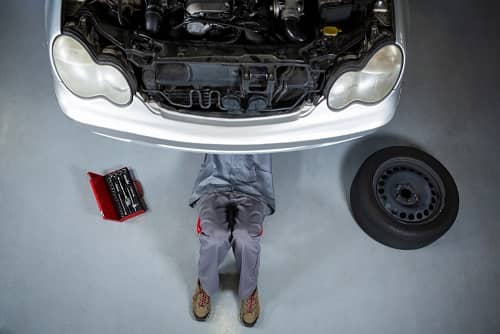
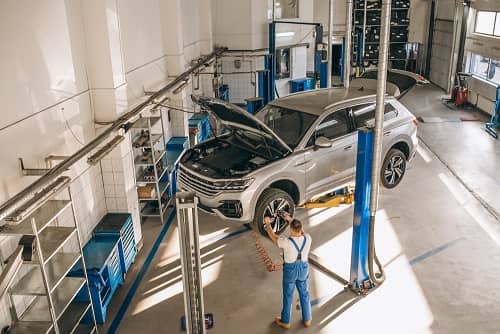
Compliance
Run a recall check before you commit. By law, makers must warn owners about safety defects and provide free repairs. Confirming your Hino’s recall status helps with inspections, insurance, financing, and smooth paperwork. A Hino with open recalls may not meet federal rules, which can delay sales or registration.
Avoid Out-of-Pocket Repair Bills
Run the Hino recall check before money changes hands. You won’t pay for the repair if a known defect is covered. It’s the manufacturer’s responsibility. That can mean real savings on parts and labor, and it’s solid evidence your Hino is cared for and road-ready.

How to Run Hino Recalls
Discovering your Hino recall report is just a minute away! Follow these easy steps to get the information you need quickly and effortlessly:

Find your Hino VIN
You'll need your Vehicle Identification Number (VIN) ready. Look on the driver’s side dashboard (through the windshield) or the door jamb. You can also find the VIN on your title, registration, or insurance card. Our lookup works for classic and current Hino models.


Enter your details
Type your VIN in the form above. No VIN handy? Use your license plate number instead.


Receive Your Hino Recall Report
We’ll show any open Hino recalls in seconds, plus key details and next steps. Read the results and, if an open recall appears, call an authorized Hino dealer to book the free fix.
What is on the Hino Recall Check?
In your Detailed Vehicle History, the Hino recall check lists any safety recalls tied to your vehicle. Each entry shows the announcement date, the affected component, and the recommended next steps.
Explore the details below for more information:
- Date of recalls: Shows when Hino/NHTSA announced the issue and mailed owners. Helps you judge urgency and plan shop time.
- Affected Component: Names the exact Hino part or system. Clear words so you know what failed and what technicians will touch.
- Remedy: Outlines the free dealer fix (inspect, re-route, replace, or reprogram). Includes expected time so fleets can schedule downtime.
- Next step for the affected Hino: Confirm if your Hino is listed under the recall and schedule repairs. With a complete Vehicle Report, you’ll also see past recalls and repair status.
A Hino vehicle history report also includes vehicle usage record & ownership history, title brand check, mileage records, accident records & damage verification, auction history, and more. Review the records below:

Vehicle Usage Record & Ownership History
See ownership transfers and duration to gauge how the Hino was used (fleet, lease, etc.). Consistent history supports value and explains the wear items you may see at inspection.
Title Brand Check
Instant flags for salvage, flood, lemon, or rebuilt titles. Branded titles can limit insurance and make some recall remedies harder to schedule if the truck isn’t safe to work on.
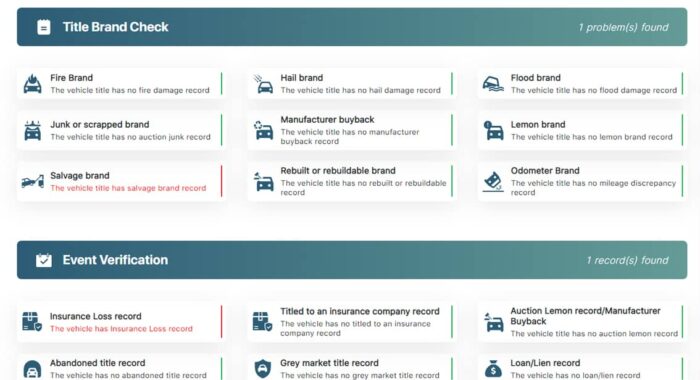

Mileage Records
Odometer snapshots over time help you catch rollbacks or rapid-use intervals (e.g., last-mile duty cycles) that affect service needs and resale.
Accident Records & Damage Verification
Accident counts, dates, and severity indicators, plus salvage auction mentions and photos (when available), give you vital context, especially before you bid.

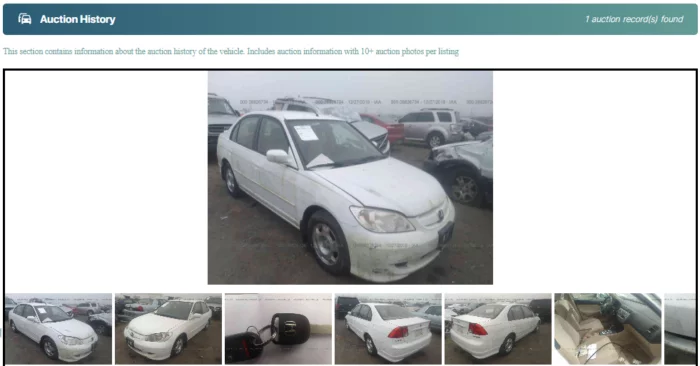
Auction History
Dates, venues, sale outcomes, and images were available. Great for tracing how a Hino moved through the market and whether equipment changed hands intact.
Lien/Loan Records
Outstanding liens can stall a sale. We surface finance records so you avoid paperwork surprises on delivery day.
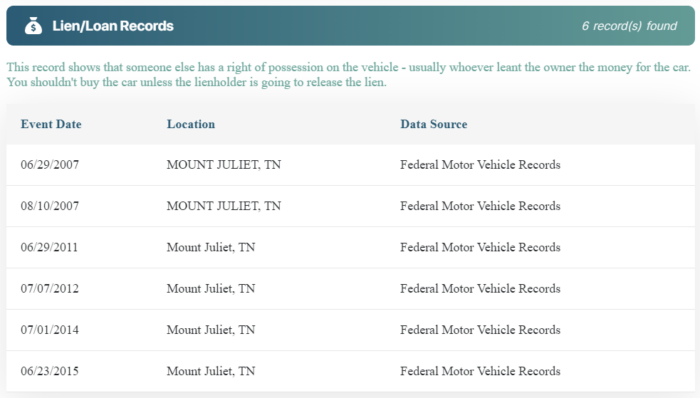
Common Issues Leading to Hino Recall
Hino vehicles have faced several recalls due to safety and reliability concerns. Including the leak and pull during braking.
When checking for a Hino, several factors come into play. Here’s a breakdown of elements that could affect your Hino and lead to a recall:
Leak And Pull During Braking
Brake-Tube Chafe
On certain 2022–2025 L-Series conventionals, the right-front brake air tube can rub the passenger-side fender, wear through, and leak during hard stops. Trucks may pull left with reduced braking. An obvious crash risk. Dealers inspect routing and install an updated bracket and P-clip; Hino notes about one hour in the lane and offers reimbursement instructions if you have already paid. This was under the NHTSA 25V-057 (report date Feb 6, 2025), potentially affected: 19,026 units
The remedy is to inspect and install an updated bracket and P-clip; reimbursement available for prior repairs; free at dealers. The owner’s mail is expected on April 7, 2025. All work is at no charge.
Fire/Stop-Lamp Risk
Telematics Harness Ground Fault
Some 2022–2024 Hino conventional trucks (L/XL) assembled in Mineral Wells, WV, have a telematics harness ground that can overheat if battery cables aren’t secured, potentially causing fire or inoperative stop lamps.
Recall 24V-075 (M0460) says the dealers will inspect, rework the harness/ground, and replace damaged parts at no charge. Production moved to an isolated-ground design on January 18, 2024. Dealer notices began February 8, 2024; owner letters were mailed March 29, 2024.
Stall Risk
Fuel Level Sender Float Detaches
On 2020–2024 Hino conventional trucks with 70- or 90-gallon tanks, the fuel-sender float rod can deform/detach (fuel slosh loads the float), giving a wrong fuel reading. The engine can run out of fuel and stall.
This recall was under the 23V-560 (AAV70), which lists around 8,025 potentially involved vehicles. Dealers replace the sender with an improved design, free of charge. Owner notification was planned for October 6, 2023.
Other Notable Issues
Emissions Non-Compliance
Separate from safety recalls, the EPA announced on January 10, 2025, that it voided certificates for certain 2010–2019 Hino diesel engines after finding falsified data.
In 2025, the U.S. Department of Justice secured a sentence imposing over $1.6 billion in penalties and probation terms; Hino is required to implement compliance measures and related corrective programs. Owners of engines that qualify for emissions repairs are contacted under those programs; repairs are at no cost to the owner.
Mislabelled Emissions Information
For some 2024 Hino L6/L7, the Vehicle Emissions Control Information (VECI) label may have incorrect text (for example, showing EPA instead of EPA and California).
Emissions recall M0450 instructs dealers to inspect and correct the label, free of charge. This is a paperwork/labeling fix; it doesn’t change how the truck drives, but keeps it compliant.
Understanding the Hino Recall Process
NHTSA reviews safety complaints and, when a defect is confirmed, the automaker must issue a recall under NHTSA oversight. You can then check your Hino by VIN and get a free remedy at a dealer.
Discover the full breakdown of the Hino Recall Process below:
Report the Problem
Spot a safety problem on your Hino? Send it to NHTSA. They track reports by VIN and use them to launch investigations when risks emerge.
Investigation
Once a complaint is submitted, the NHTSA follows a multi-step process to determine whether a recall is necessary.
- Screening: NHTSA’s Office of Defects Investigation reviews patterns in complaints and other data.
- Analysis: Defect petitions are reviewed in detail. If denied, the decision and reasoning are publicly posted in the Federal Register.
- Investigate the Issues: When Hino’s safety concerns are confirmed, NHTSA launches a formal investigation, ending in either no defect or a recall.
- Recall Management: NHTSA ensures owners are notified and monitors repair completion rates.
Recalls
A safety recall means the manufacturer must inform owners and correct the problem. Recalls happen when a vehicle or component is unsafe or doesn’t meet regulations. Most are voluntary, and manufacturers are required to repair, replace, refund, or buy back the affected vehicle.
How Hino Vehicle Recalls Are Handled?
When a safety problem is found on a Hino, three groups work together: the manufacturer, NHTSA, and you, the owner.
This teamwork finds defects, informs drivers, and makes sure fixes are completed to keep your vehicle safe and legal. Below is a detailed breakdown of each role
Automaker Role
Hino spots the problem, files the paperwork, and pays for the fix. When a safety defect or non-compliance is confirmed, Hino must submit a Part 573 Defect and Noncompliance Information Report, then keep NHTSA updated with quarterly completion reports.
Dealers get bulletins; owners get letters that meet Part 577 rules, including reimbursement language if you already paid for the same repair. The actual remedy is free when you present the vehicle within the legal window.
In the U.S., Hino operates within the Toyota Group, which helps with service coverage and parts logistics. Useful when fleets are spread out. If corporate structures ever shift (merger, holding company, etc.), recall duties don’t vanish; U.S. law ties obligations to the manufacturer or successor.
NHTSA’s Role
Think of NHTSA as the referee and the record-keeper. It receives Hino’s Part 573 filing, reviews owner letters under Part 577, and monitors completion via quarterly reports. NHTSA also runs the public VIN look-up so you can see if your truck has an incomplete safety recall.
A practical detail: the VIN tool shows safety recalls incomplete within the last 15 calendar years, so very old campaigns may not appear online. NHTSA can also push for better notifications, follow-ups, or corrective timelines if completion lags.
All of this work creates a paper trail (campaign numbers, dates, owner-mail schedules) that you can cite in audits, sales, or insurance reviews. If you suspect a new defect, NHTSA’s site is also where you submit a safety complaint that can feed future investigations.
Your Role as the Vehicle Owner
Your role is simple but important. First, run the VIN through NHTSA’s tool (and your report provider) to confirm status, then book the no-cost fix with an authorized Hino dealer. If you paid earlier for the same defect, the owner’s letter explains how to claim reimbursement. Keep the receipt.
Know the timeframes: by statute, the free safety recall remedy applies for vehicles within 15 calendar years of first retail sale; beyond that, the free-repair requirement may not apply, though the recall record remains.
For older trucks, don’t rely only on the VIN site’s 15-year window; call a dealer to check. Finally, keep your completion paperwork; it protects resale value and smooths inspections. If parts are delayed, ask for interim guidance in the letter. Safety first, paperwork second, uptime third. Follow that order and you’ll be fine.
Get Hino Window Sticker by VIN
Done checking recalls? Go deeper. Our Hino Window Sticker (or factory build sheet, where applicable) shows original specs: engine code, transmission, axle ratio, GVWR, wheelbase, cab style, safety equipment, emissions calibration, and installed options, plus original pricing where available.
Verify the seller’s claims, order the right parts, and document your truck for financing and resale. Clear, official-style details that save time and second-guesses.

Why Use Detailed Vehicle History to Check Hino Recall?
Because you need more than a recall headline. Our report shows open and past Hino recalls with dates, affected components, risks, and dealer remedy guidance, plus the bigger picture: title brands, lien/loan records, ownership transfers, odometer readings, accident/damage entries, service notes, even available auction photos, and more.
That helps you prove safety, confirm seller claims, and plan downtime before it hurts your schedule. Free recall fixes are great; knowing the whole story is better. Run your Hino VIN and make a confident decision.
Recall Check For Others Manufacturers
FAQ about Hino Recalls Check
Are Hino recall repairs free?
Yes. Safety-recall remedies are free at authorized Hino dealers; owner letters include reimbursement language if you paid before the notice.
Which Hino models recently had recalls?
U.S. campaigns include 2022–2025 L-Series brake-tube chafe (25V-057) and 2022–2024 L/XL telematics-harness ground (24V-075). Canada and Australia issued similar actions for brake tubes and wiring harness routing on the Hino 500 Series.
Can I drive a Hino with an open recall?
Usually yes, unless your notice says otherwise. If the risk affects braking, fire, or steering, schedule the fix ASAP and follow any interim guidance in your letter.
What happens if I ignore a Hino recall?
You risk crashes, roadside downtime, and lower resale. NHTSA tracks completion; leaving a safety campaign open can complicate audits and sales.
How long do Hino recall repairs take?
Many take about 1-2 hours (e.g., bracket/clip install, wiring repair). Complex jobs can vary; your letter or dealer will estimate.
Will Hino reimburse me if I have already paid for the repair?
If it’s the same defect, yes. Submit receipts as outlined in your owner letter; Hino lists an email for reimbursement.
Does a recall affect warranty or insurance?
No. Recalls are separate and free. Close them quickly to protect value and avoid inspection headaches.
How do emissions actions affect my Hino?
EPA voided engine certifications (2010–2019), and Hino entered a 2025 plea/settlement with penalties, mitigation, and a recall program for certain engines. You’ll be notified if your engine requires action.
How do I check Hino recalls by VIN? And what if my truck is older?
Note: the NHTSA tool shows incomplete recalls for the past 15 years; older than that, they may not have been shown in the public database.
Can multiple Hino recalls be done in one visit?
Often yes. List all open campaigns when booking so parts are ready.

